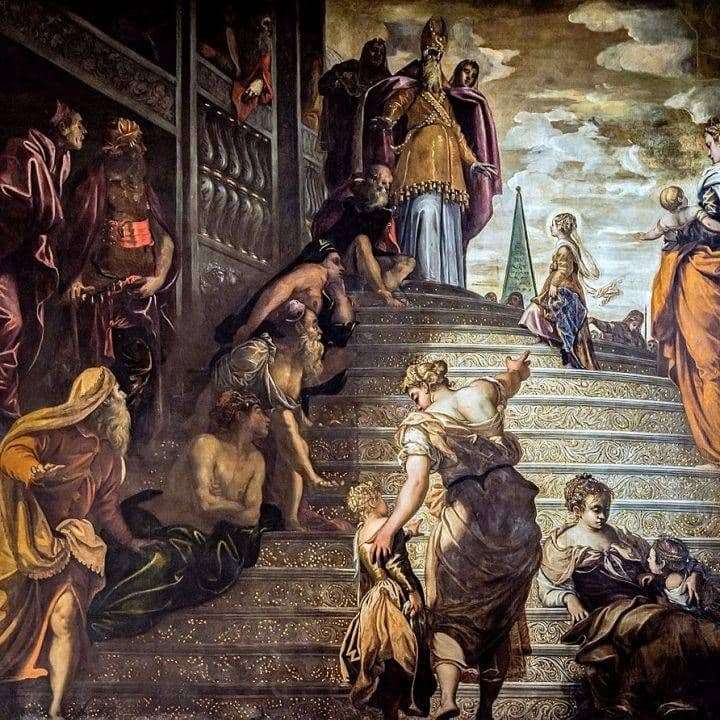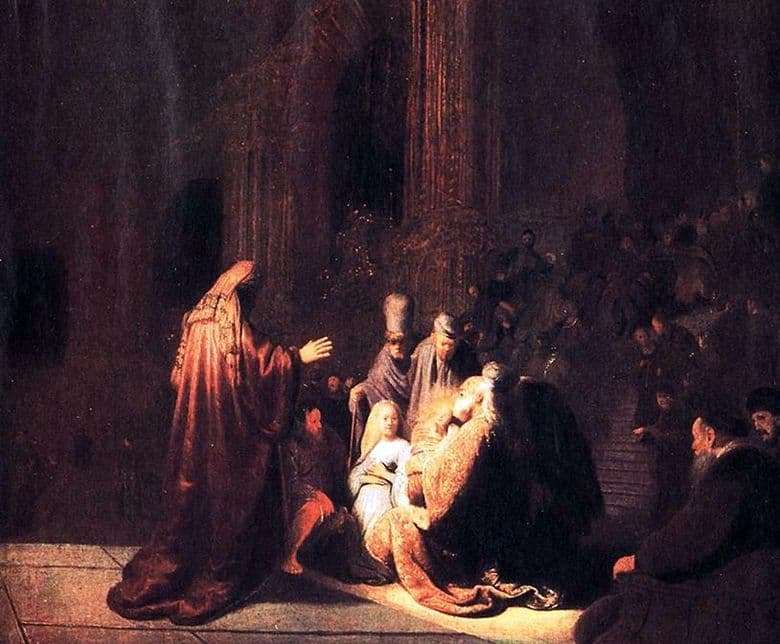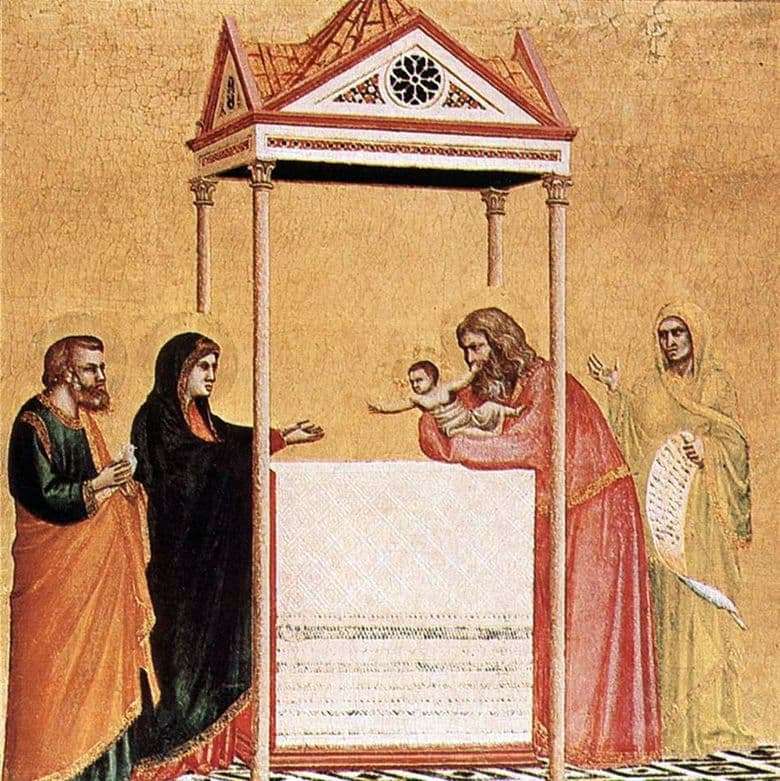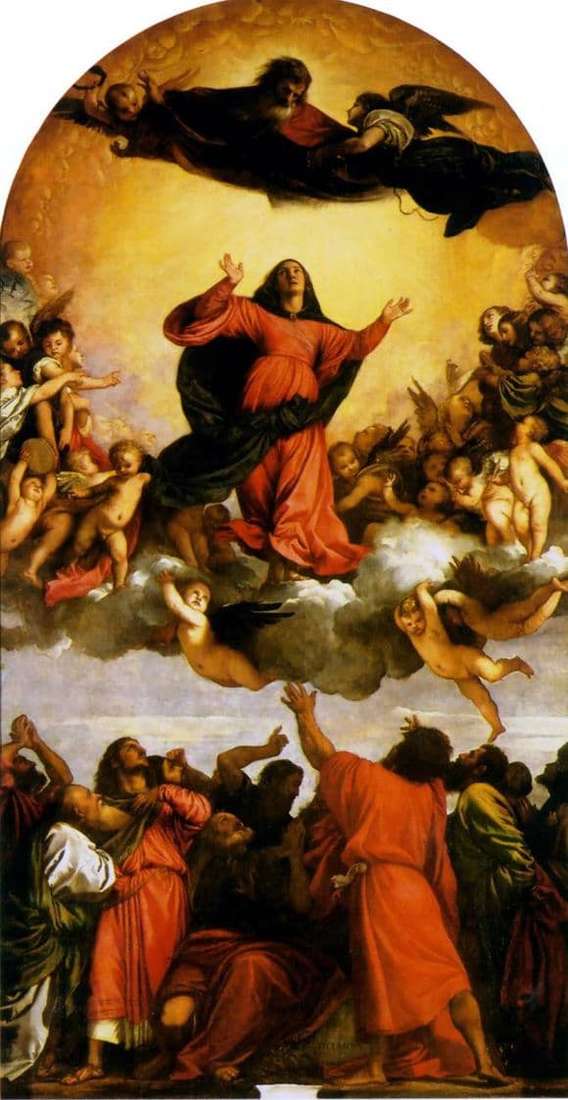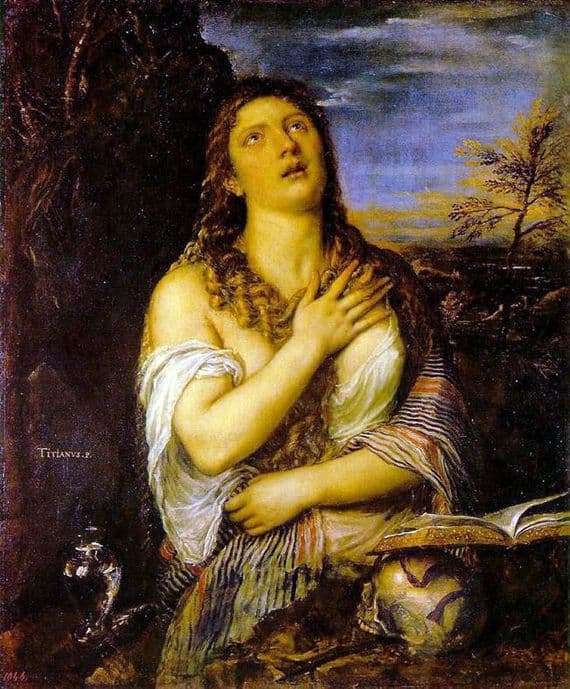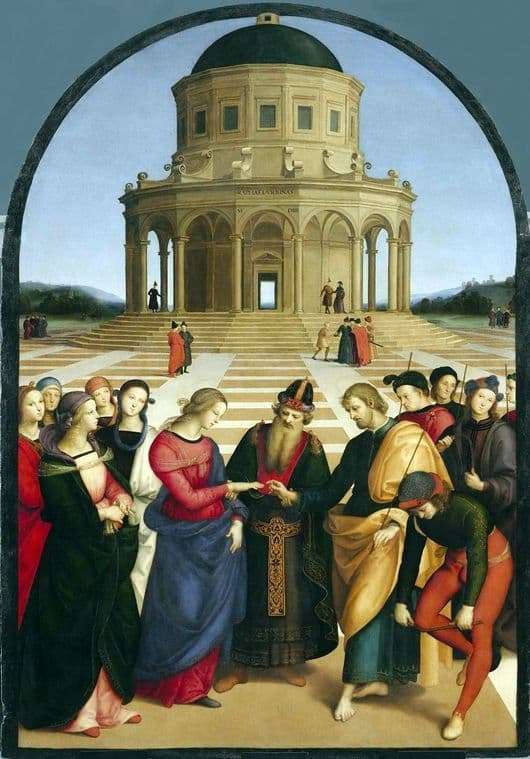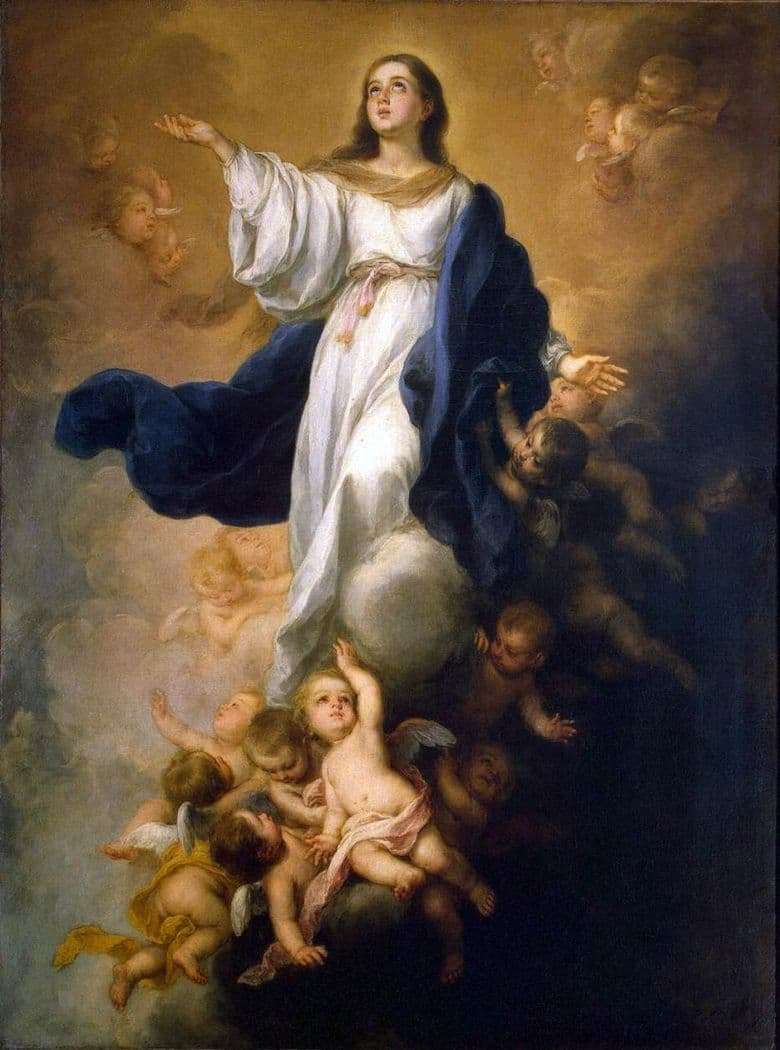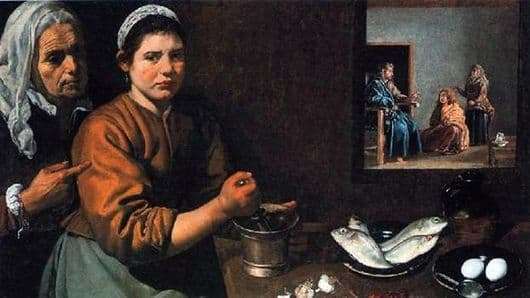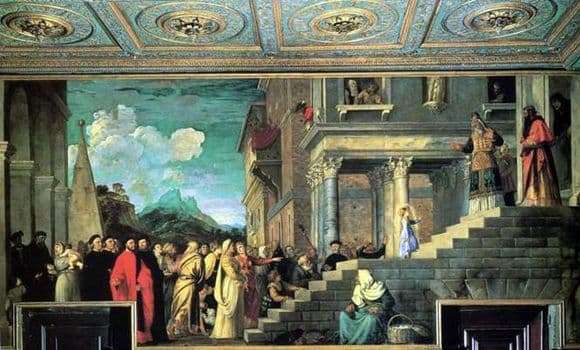
In the creative way of Titian’s work “The Introduction of Mary to the Temple” occupies a special place. This picture links two completely different periods in the work of the painter.
Another masterpiece of the biblical storyline, inherent in the art of Italy in the Middle Ages. The artist conveyed the strength of the characters, their individuality and the steadfastness of the spirit.
All participants of the event are united by a little girl. The master with accuracy managed to convey with the help of the picture the accuracy of the event and its meaning.
A beautiful view of the temple immediately attracts attention, the majestic columns, huge stones, carving and a statue all form a fantastic composition, demonstrating the greatness and power of this place. Such elements make the little girl defenseless and tiny even more.
In this biblical scene are attended by relatives of Mary, the priest and the usual onlookers. It feels the importance of this event and the significance of this little creature. The girl froze for a moment on the steps, and she stands on a kind of platform. Perhaps she was grasped by doubts, or maybe the child was just tired.
The servants of the temple are different from the other characters, they are dressed differently and immediately attract attention. The girl exudes light, in her image embodied grace, hope and faith. She goes to the temple, bringing long-awaited hope to people.
The astonished faces of the observers do not leave anyone indifferent. Even inconspicuous figures in their posture express emotions and surprise. Despite the nature of the painting itself and the dubious reality of many of its elements, the artist brings into the work a part of everyday life and ordinary life.
A woman sitting in the foreground with a basket of eggs lands a bit of a fabulous plot. She, too, was surprised, distracted from her usual business. All the paintings of this painter were close to the people, he gently included in the biblical scenes of ordinary people.
Description of the painting by Titian “Introduction of Mary to the temple”
